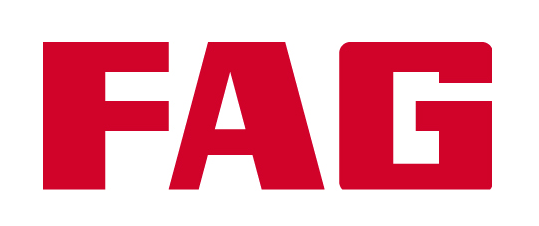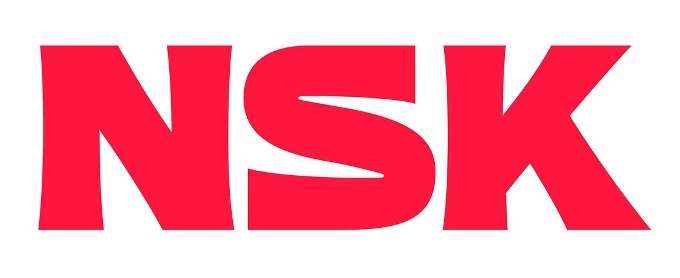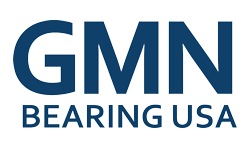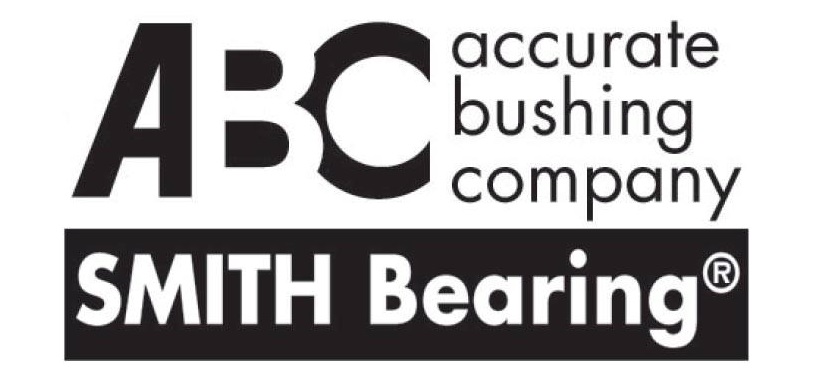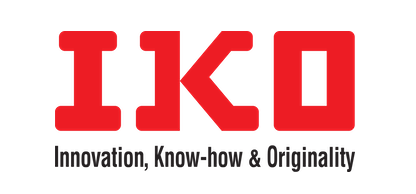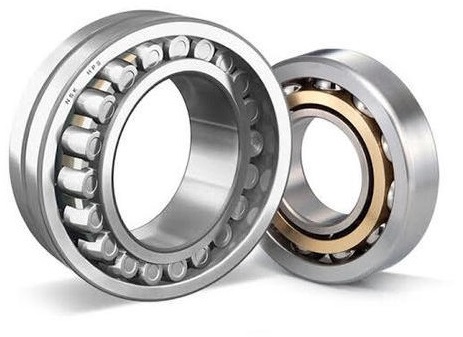
Rolling Bearings
Rolling Bearings allow relative motion of two joined parts: inner and outer rings that move in opposite directions and are separated by rolling elements. Rolling bearings are separated into two main groups: Ball Bearings and Roller Bearings. Both are used in various applications such as wind turbines, household appliances, the steel industry, etc.
HVH Industrial works with manufacturers' specialized engineering teams to meet our customers' requirements and highest quality standards.
If you have any questions, write us via live chat (one of our team members will answer your questions), give us a call, or send us a quote request. The HVH team is always ready to help you.
 1(866)577-4040
1(866)577-4040
or
Manufacturers
What are Rolling Bearings
Rolling bearings are mechanical components that enable the movement of machinery by reducing friction between different parts. Rolling bearings consist of an inner ring, an outer ring, and rolling elements such as balls or rollers, which rotate between the two rings. The rolling elements separate the two rings and reduce the amount of friction, allowing for smooth and efficient movement. Bearings can support various loads, including radial loads, axial loads, and a combination of both.
Types of Rolling Bearings
There are several types of rolling bearings, each designed for specific applications. The most common types are ball bearings, roller bearings, and combined bearings.
Ball Bearings - Ball bearings are the most common type of rolling bearings. They consist of steel balls held in a cage between two rings. Ball bearings are suitable for light to moderate loads and high-speed applications.
Roller Bearings - Roller bearings come in various types, including cylindrical, tapered, and spherical, and are designed for heavy loads and low-speed applications.
Combined Bearings - Combined bearings are high-precision bearing systems that provide high positioning accuracy and maximum resistance against dirt for heavy-duty applications in the building material industry, foundry, mining industry, etc.
The main advantage of a roller bearing over a ball bearing has to do with the contact surface between the bearing and the rail. For ball bearings, the contact surface is just a single point, which creates an inherent strength limit for the balls. Roller bearings, on the other hand, have an entire line of contact, which greatly increases the rigidity, stability, and maximum load capacity of the system.
Applications of Rolling Bearings
Automotive Industry - Rolling bearings are widely used in the automotive industry, from engine components to transmissions, wheels, and steering systems.
Aerospace Industry - In the aerospace industry, rolling bearings are used in aircraft engines, landing gear, and flight control systems.
Power Generation - In power plants, rolling bearings are used in turbines, generators, and other rotating machinery.
Mining and Construction - Rolling bearings are used in mining and construction equipment, including excavators, bulldozers, and cranes.
Advantages of Rolling Bearings
- Reduces friction: Rolling bearings reduce friction between moving parts, improving the efficiency and reliability of the equipment.
- Increases lifespan: Rolling bearings can withstand heavy loads and extreme temperatures, reducing wear and tear and increasing equipment’s lifespan.
- Cost-effective: Rolling bearings are cost-effective and require minimal maintenance, making them ideal for mass production and large-scale industrial applications.
- High-speed performance: Rolling bearings can operate at high speeds, making them ideal for high-speed machinery such as turbines and compressors.
- High load carrying capacity: Rolling bearings are capable of supporting higher loads than other types of bearings.
- Versatility: Rolling bearings can be designed for specific applications, making them versatile and suitable for a wide range of industries and equipment.
Bearing Selection Criteria
Selecting the right bearing for a specific application is a critical task that involves various factors, such as load, speed, temperature, environment, lubrication, and cost. A wrong bearing selection can lead to premature failure, downtime, and safety hazards. To choose the appropriate bearing, you need to consider the following criteria:
- Load requirements: The bearing must be capable of supporting the expected loads, whether radial, axial or combined.
- Speed requirements: The bearing must be capable of handling the expected speeds and operating conditions.
- Environment: The bearing must be designed to withstand the environmental conditions of the application, including temperature, moisture, and contamination.
- Space limitations: The bearing's size and shape must be compatible with the available space in the application.
- Cost and availability: the initial and maintenance cost of the bearing, and the availability of replacements.
In conclusion, rolling bearings are an essential component of many industrial applications, and their proper function can significantly affect the performance and lifespan of a device. They reduce friction between different parts of a machine, allowing for smooth and efficient movement, and they are used in a wide range of applications across various industries.




